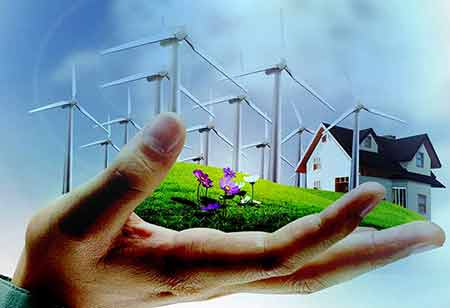Thank you for Subscribing to Energy Business Review Weekly Brief
Southeast Asian Countries Face Energy Security Crisis

By
Energy Business Review | Thursday, June 23, 2022
Stay ahead of the industry with exclusive feature stories on the top companies, expert insights and the latest news delivered straight to your inbox. Subscribe today.
ASEAN's energy market is set to extend by around 3% a year to 2030, with three-quarters of that demand being fulfilled by fossil fuels. Southeast Asia's emissions would increase 35% from 2020 levels. Total energy investment would need to reach USD 190 billion by 2030 to satisfy the region's climate objectives.
FREMONT, CA: Southeast Asia’s dependence on fossil fuels to satisfy the rising demand for energy is demonstrated to be a significant susceptibility in today’s energy predicament. Satisfying energy security and emissions objectives will require nations in the region to make significant efforts to enhance energy efficiency, accelerate renewable power generation, and switch to low emissions fuels. The ten members economies of the Association of Southeast Asian Nations (ASEAN) are among the world’s fastest-growing. Their revived transition to sustainable energy would not only slash carbon dioxide emissions and fossil fuel imports but also accelerate universal access to electricity and clean cooking for their citizens.
Based on today’s policy backdrops, the energy market in the region is set to extend by around 3% a year to 2030, with three-quarters of that improved demand being fulfilled by fossil fuels. Consequently, Southeast Asia’s emissions would increase 35% from 2020 levels. And without more decisive policy action, its net oil import bill is set to multiply in size swiftly if today’s heightened commodity prices last. Southeast Asia is one of the world's emerging kingpins of global energy, and the rate of its economic development makes it even more paramount that the region’s countries quicken efforts to transition to sustainable energy. Numerous of them have declared ambitious objectives for achieving carbon neutrality and curbing dependence on coal-fired power. International support will be required, primarily to promote innovation and create much-needed infrastructures such as renewable power generation and grids and facilities for low-emissions fuels.
Total energy investment would need to reach USD 190 billion by 2030 to satisfy the region’s climate objectives. While international expansion finance is critical, ASEAN members could decrease financing expenses and draw private investors by signalling their obvious commitment to deploying low-carbon energy and by enhancing regulatory and financing frameworks. Investment in mineral exploration has decreased in recent years, and the area’s stake in the global mineral exploration funding has halved since 2012. This trend ought to invert if Southeast Asia is to realise its potential in this emerging sector.






